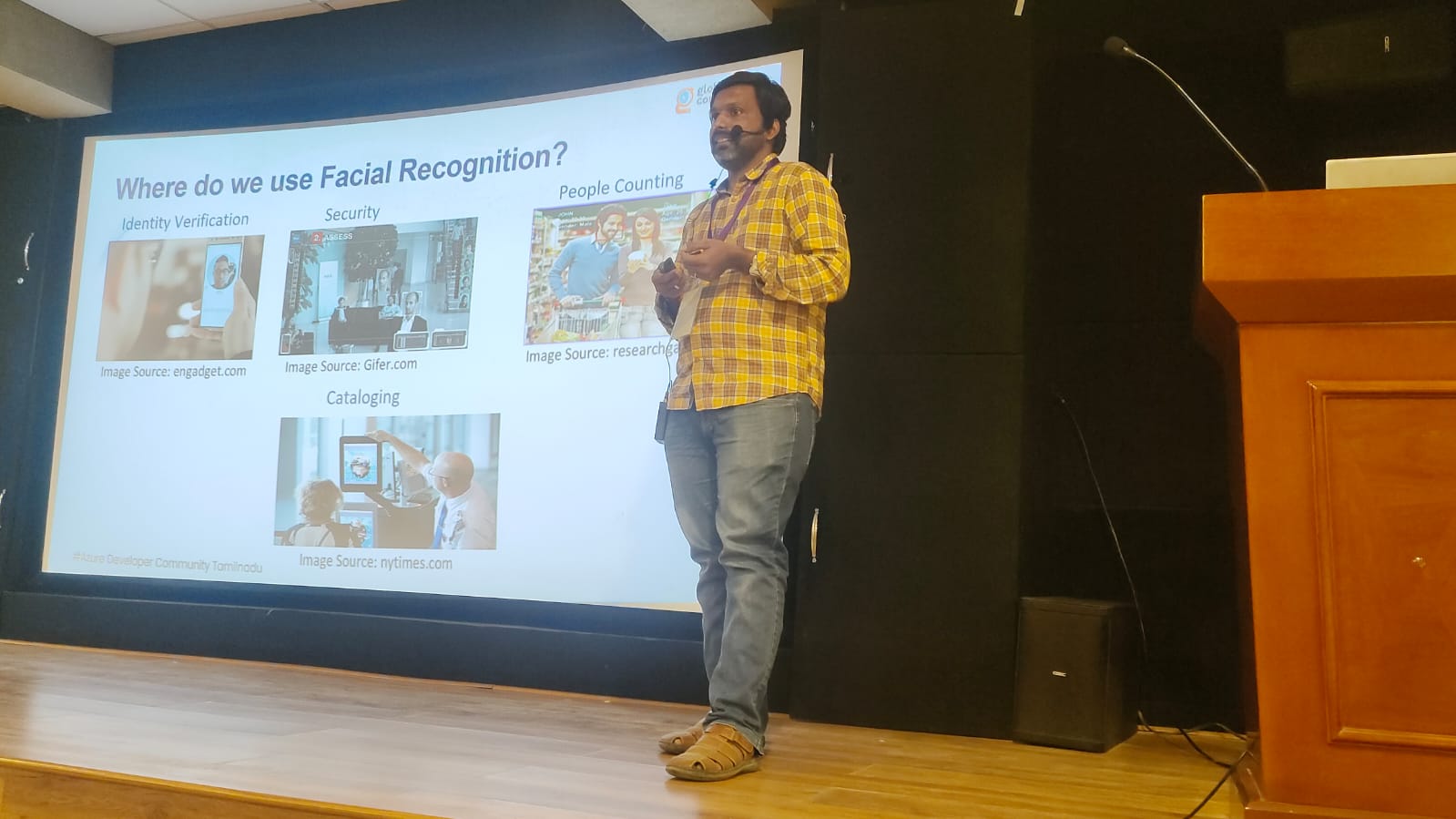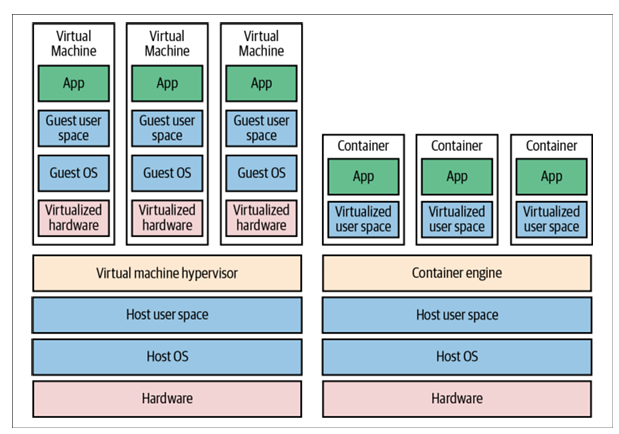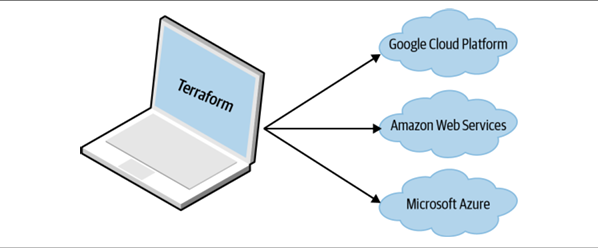What is Infrastructure as Code (IaC) and Why It's Transforming DevOps
 vijayaraghavan vashudevan
vijayaraghavan vashudevan
💫 Gain an understanding of DevOps, Infrastructure as Code, and its benefits, How Terraform works and compares to other IaC tools 💫
☸️ Synopsis:
✨In today's article, we will explore the DevOps concept, IaC and its benefits, How Terraform works, and compare it to other IaC tools
☸️ What is DevOps?
🔮Nowadays, a profound shift is taking place. Instead of managing their own data centers, many companies are moving to the cloud, taking advantage of services such as Amazon Web Services (AWS), Microsoft Azure, and Google Cloud Platform (GCP). Instead of investing heavily in hardware, many Ops teams are spending all their time working on software, using tools such as Chef, Puppet, Terraform, Docker, and Kubernetes. Instead of racking servers and plugging in network cables, many sysadmins are writing code.
🔮As a result, both Dev and Ops spend most of their time working on software, and the distinction between the two teams is blurring. It might still make sense to have a separate Dev team responsible for the application code and an Ops team responsible for the operational code, but it’s clear that Dev and Ops need to work more closely together. This is where the DevOps movement comes from.
The goal of DevOps is to make software delivery vastly more efficient.
Instead of multiday merge nightmares, you integrate code continuously and always keep it in a deployable state. Instead of deploying code once per month, you can deploy code dozens of times per day, or even after every single commit. And instead of constant outages and downtime, you build resilient, self-healing systems and use monitoring and alerting to catch problems that can’t be resolved automatically.
☸️ What Is Infrastructure as Code?
📍The idea behind infrastructure as code (IaC) is that you write and execute code to define, deploy, update, and destroy your infrastructure. A key insight of DevOps is that you can manage almost everything in code, including servers, databases, networks, log files, application configuration, documentation, automated tests, deployment processes, and so on.

📍Infrastructure as Code is essentially a hub that can be used for collaboration across the IT organization to improve infrastructure deployments, increase our ability to scale quickly and improve the application development process. Infrastructure as Code allows us to do all this consistently and proficiently.
☸️Benefits of Infrastructure as Code:
✅ Self-service - If your infrastructure is defined in code, the entire deployment process can be automated, and developers can kick off their own deployments whenever necessary.
✅Speed and safety - If the deployment process is automated, it will be significantly faster and the automated process will be more consistent, more repeatable, and not prone to manual error
✅Documentation - IaC acts as documentation, allowing everyone in the organization to understand how things work, even if the sysadmin goes on vacation
✅Version control- Find out what changed in your infrastructure, and your second step might be to resolve the problem by simply reverting back to a previous, known-good version of your IaC code.
✅Validation - If the state of your infrastructure is defined in code, for every single change, you can perform a code review, run a suite of automated tests, and pass the code through static analysis tools
✅ Reuse - You can package your infrastructure into reusable modules
👨🏻💻Infrastructure as Code allows us to remove many of the manual steps required today for infrastructure requests, giving us the ability to automate approved requests without worrying about tickets sitting in a queue. We can also use Infrastructure as Code to provide capacity-on-demand by offering a library of services for our developers. We can publish a self-service capability where developers and application owners can be empowered to request and provision infrastructure that better matches their requirements.
☸️ How Does Terraform Work?
⭐Terraform is an open-source tool created by HashiCorp and written in the Go programming language. The Go code compiles down into a single binary (or rather, one binary for each of the supported operating systems)

⭐Terraform binary makes API calls on your behalf to one or more providers, such as AWS, Azure, Google Cloud, Digital Ocean, OpenStack, and more. This means that Terraform gets to leverage the infrastructure those providers are already running for their API servers, as well as the authentication mechanisms you’re already using with those providers (e.g., the API keys you already have for AWS)
resource "aws_instance" "example" {
ami = "ami-0fb653ca2d3203ac1"
instance_type = "t2.micro"
}
resource "google_dns_record_set" "a" {
name = "demo.google-example.com"
managed_zone = "example-zone"
type = "A"
ttl = 300
rrdatas = [aws_instance.example.public_ip]
}
⭐The terraform binary parses your code, translates it into a series of API calls to the cloud providers specified in the code and makes that API calls as efficiently as possible. When someone on your team needs to make changes to the infrastructure, instead of updating the infrastructure manually and directly on the servers, they make their changes in the Terraform configuration files, validate those changes through automated tests and code reviews, commit the updated code to version control, and then run the terraform apply command to have Terraform make the necessary API calls to deploy the changes
☸️ How Does Terraform Compare to Other IaC Tools?
💡Infrastructure as code is wonderful, but the process of picking an IaC tool is not. Many of the IaC tools overlap in what they do. Many of them are open source. Many of them offer commercial support. Unless you’ve used each one yourself, it’s not clear what criteria you should use to pick one or the other.
Here are the main trade-offs to consider:
Configuration management versus provisioning
Mutable infrastructure versus immutable infrastructure
Procedural language versus declarative language
General-purpose language versus domain-specific language
Master versus masterless
Agent versus agentless
Paid versus free offering
Large community versus small community
Mature versus cutting-edge
Use of multiple tools together
🕵🏻I also want to express that your feedback is always welcome. As I strive to provide accurate information and insights, I acknowledge that there’s always room for improvement. If you notice any mistakes or have suggestions for enhancement, I sincerely invite you to share them with me.
🤩 Thanks for being patient and following me. Keep supporting 🙏
Clap👏 if you liked the blog.
For more exercises — please follow me below ✅!
https://vjraghavanv.hashnode.dev/
#aws #terraform #IaC #DevOps #tools #operations #developers #awsugmdu #awsugncr #automatewithraghavan
Subscribe to my newsletter
Read articles from vijayaraghavan vashudevan directly inside your inbox. Subscribe to the newsletter, and don't miss out.
Written by

vijayaraghavan vashudevan
vijayaraghavan vashudevan
I'm Vijay, a seasoned professional with over 13 years of expertise. Currently, I work as a Quality Automation Specialist at NatWest Group. In addition to my employment, I am an "AWS Community Builder" in the Serverless Category and have served as a volunteer in AWS UG NCR Delhi and AWS UG MDU, a Pynt Ambassador (Pynt is an API Security Testing tool), and a Browserstack Champion. Actively share my knowledge and thoughts on a variety of topics, including AWS, DevOps, and testing, via blog posts on platforms such as dev.to and Medium. I always like participating in intriguing discussions and actively contributing to the community as a speaker at various events. This amazing experience provides me joy and fulfillment! 🙂